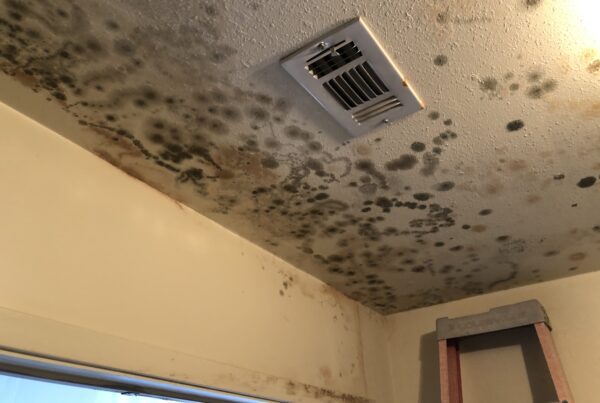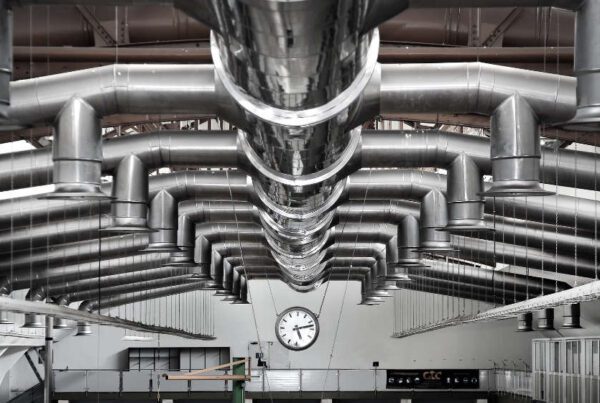Severe convective storms are among the most common and damaging natural catastrophes in the United States. Convective storms are the result of warm, moist air rising from the earth, and depending on atmospheric conditions, may develop into thunderstorms with lighting, hail, straight line winds, or tornadoes. These storms are among the most significant drivers of natural catastrophe losses for insurers. As has been the case in every year since 2008, thunderstorms generating tornadoes, large hail and damaging straight-line winds resulted in public and private insurance payments that have exceeded $10 billion. In recent years, payouts related to these storms have topped $20 billion.
These storms could pop up out nowhere and making sure your property is prepared can make all the difference. Below are some tips to make sure that your property is ready for any convective storm that may move through your area.
- Trim your trees: broken limbs can out a hole in your roof and break windows, causing more damage inside your property.
- Know how to turn off utilities: tornadoes and strong winds can knock out electricity and cause gas and water leaks. Know where to shut off utilities outside and consider installing a lightning surge protector system.
- Avoid creating more flying objects: use mulch in landscaping instead of rocks or gravel. Tie down sheds, patio furniture, toys, and grills, or move them indoors when not in use.
- Prepare your windows: check the seals around the windows and use sealants compatible with adjacent building materials to seal any cracks or gaps to keep water out. In certain cladding and/or storefront systems there are weeps intended to stay open, make sure to not caulk these areas.
- Strengthen weak spots: high winds can damage garage doors or store front glass causing air to rush in. Check the brackets that connect the door frame to the structure and make sure they are tightly secured, and are not missing any bolts or nuts, and are not broken. Flying debris can break windows and large hail can beat-up air conditioning systems. Considering reinforcing garage doors, installing storm shutters on windows and adding hail screens, guards, or wire mesh to outdoor AC units.
- Check gutters and down spouts: make sure all gutter fasteners are tight. If your property is in hail prone areas, consider upgrading your system to steel gutters, which are more durable than vinyl or aluminum.
- Keep your roof in good shape: for any low slope/flat roof system, long-term standing water can cause excessive weathering, allowing you roof membrane to become brittle. Signs of long-term standing water are mold and vegetation growth. Also make sure and check the underside of the roof or on your drop ceiling to see if there are any signs of water damage, which is a sign of damage to your roof cover system. For steep-slope commercial roofs have your roof inspected at least once a year by a licensed roofing company. Have them look for curling, loose, or missing asphalt shingles. For metal panel roofs, look for signs of rusting, dents, loose screws, or deteriorated rubber washers.
These storms can approach fast and it is important to have a reliable source for severe weather information. If you do experience property damage, make sure and utilize a trusted restoration contractor to help put your property back together.
Until next time my friends, be prepared and stay safe.
Reference: “Are you prepared for a tornado? Here is how to protect your home” by the Texas Department of Insurance and “Facts and Statistics: Tornadoes and Thunderstorms” by the Insurance Information Institute





